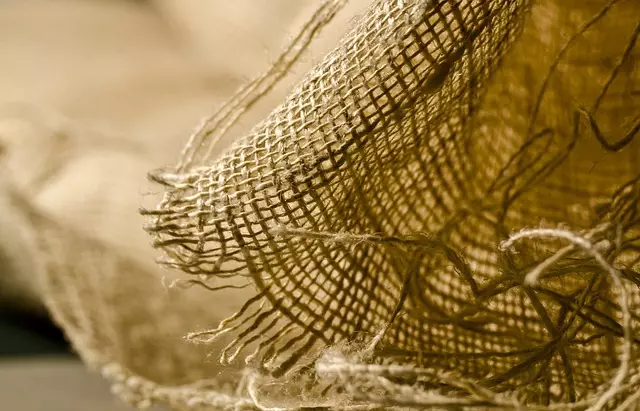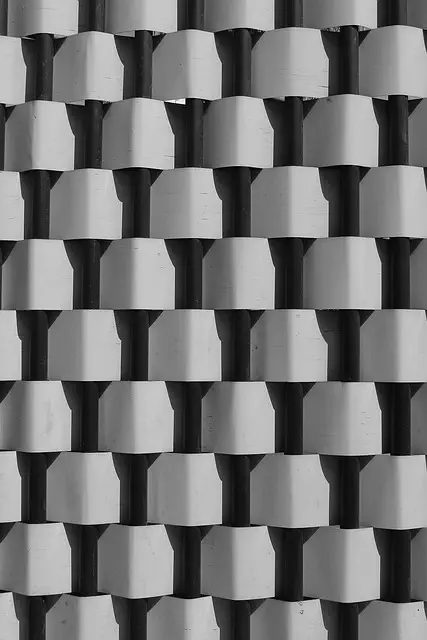Kratom, a plant from Southeast Asia with active compounds like mitragynine and 7-hydroxymitragynine that interact with opioid receptors to alleviate muscle soreness, is gaining attention as a natural alternative to prescription pain medication. Growing kratom (Mitragyna speciosa) at home requires mimicking its native habitat's conditions: a warm, humid environment with well-draining soil enriched with compost or aged manure, and around six to eight hours of sunlight, particularly in the morning and late afternoon. For areas lacking natural light, grow lights that emit the right spectrum of light are beneficial. Consistent watering, balanced fertilization, and careful monitoring of moisture levels are crucial to prevent issues like root rot. By understanding how to grow kratom plants effectively, enthusiasts can cultivate these plants to enhance their therapeutic properties for pain relief. It's important to use kratom responsibly within a holistic approach to health that includes proper dosage, nutrition, hydration, and physical activity, while always consulting healthcare professionals before incorporating it into any treatment plan due to potential interactions with other medications. This ensures the safe exploration of kratom's benefits for muscle soreness relief and overall well-being.
Muscle soreness can be a persistent challenge for both athletes and casual exercisers alike. An emerging natural solution gaining attention is the use of kratom supplements, derived from the Mitragyna speciosa tree. This article explores the multifaceted benefits of kratom in alleviating muscle pain, its botanical origins, and how to integrate it into a balanced pain management approach. We’ll delve into understanding kratom’s role in muscle soreness relief, optimizing growing conditions for kratom plants, and integrating these supplements into your wellness routine for effective and holistic recovery.
- Understanding Kratom's Role in Muscle Soreness Relief and Its Connection to Plant Cultivation
- Optimal Conditions for How to Grow Kratom Plants: A Gardener's Guide to Fostering Kratom's Healing Properties
- Integrating Kratom Supplements into a Pain Management Regimen: Balancing Relief and Well-being
Understanding Kratom's Role in Muscle Soreness Relief and Its Connection to Plant Cultivation

Kratom, a tropical evergreen tree native to Southeast Asia, has been recognized for its potential in alleviating muscle soreness. The active compounds found within kratom leaves, principally mitragynine and 7-hydroxymitragynine, are believed to interact with the body’s opioid receptors, offering pain relief effects. When it comes to managing post-exercise muscle pain or chronic discomfort, individuals often seek natural remedies that can provide effective relief without the side effects associated with prescription medications. Kratom supplements may offer such a solution, though it’s important to approach their use responsibly and within legal guidelines.
Understanding kratom’s role in muscle soreness relief requires a look at its origins and cultivation practices. The optimal growth conditions for kratom plants include well-drained soil, a consistent amount of rainfall, and partial sunlight. These conditions are native to the regions where kratom is indigenous, such as Thailand, Indonesia, and Malaysia. Cultivating kratom plants can be complex; farmers must carefully control environmental factors like humidity and temperature to produce high-quality leaves with the desired alkaloid content. As interest in kratom has grown globally, so too has the research into cultivation techniques outside of its native range. Enthusiasts interested in how to grow kratom plants often start from seed or cutting, ensuring that they can sustainably supply their needs for this versatile plant while also potentially alleviating muscle soreness. Proper cultivation not only leads to the production of effective pain-relieving supplements but also supports the preservation of kratom’s diverse strains and the well-being of its ecosystems.
Optimal Conditions for How to Grow Kratom Plants: A Gardener's Guide to Fostering Kratom's Healing Properties

Kratom (Mitragyna speciosa), a tropical evergreen tree native to Southeast Asia, has gained attention for its potential healing properties, particularly in muscle soreness relief. Cultivating kratom at home or in a garden requires careful consideration of the plant’s optimal conditions to foster these beneficial effects. The ideal environment for kratom cultivation includes a warm and humid climate, closely mimicking its natural habitat. Kratom plants thrive in well-draining soil rich in organic matter, which can be achieved by adding compost or aged manure to the soil. These conditions promote robust growth and enhance the alkaloid content, which is believed to contribute to kratom’s therapeutic properties.
Ensuring ample sunlight is another crucial aspect of growing kratom successfully. Kratom requires around six to eight hours of direct sunlight daily, with the best exposure being during the morning and late afternoon to avoid intense midday heat that could stress the plants. In regions with less natural light, grow lights can be used to simulate the necessary light spectrum for optimal growth. Additionally, consistent watering is essential, as kratom plants do not tolerate dryness well; however, care must be taken to prevent overwatering, which can lead to root rot. Regular fertilization with a balanced formula, applied during the growing season, will provide the necessary nutrients for the plant’s development and alkaloid production. By adhering to these growing conditions, gardeners can cultivate kratom with an emphasis on enhancing its natural healing properties for muscle soreness relief.
Integrating Kratom Supplements into a Pain Management Regimen: Balancing Relief and Well-being

Integrating kratom supplements into a pain management regimen requires careful consideration and an understanding of both its potential benefits for muscle soreness relief and its impact on overall well-being. Kratom, derived from the leaves of the Mitragyna speciosa tree, has been traditionally used in Southeast Asia for its various effects, including pain relief. For those interested in cultivating their own kratom plants, as the keyword suggests, ‘how to grow kratom plants’ is a valuable query for aspiring home growers. These plants thrive in conditions that mimic their natural environment, with ample sunlight, moderate humidity, and well-drained soil. When used judiciously within a pain management plan, kratom can offer significant relief from muscle soreness. However, it is crucial to approach its use responsibly, adhering to recommended dosages and being aware of potential interactions with other medications. Balancing the therapeutic effects of kratom with maintaining health and well-being is key. Users should also consider incorporating complementary strategies such as proper hydration, nutritious diet, and regular exercise to enhance the effectiveness of kratom for muscle soreness relief and promote a holistic approach to pain management. It’s important to consult healthcare professionals before integrating kratom into any treatment plan, ensuring that it aligns with individual health needs and goals. By doing so, individuals can harness the potential benefits of kratom while minimizing risks and optimizing their path to relief and improved quality of life.
In conclusion, muscle soreness can be a persistent challenge for many individuals, particularly those engaged in regular physical activity. The use of kratom supplements has emerged as a potential avenue for relief, with its efficacy intertwined with the cultivation and growing conditions of the kratom plants themselves. Understanding the role of kratom in muscle soreness relief and its connection to optimal plant growth is crucial for integrating it into a holistic pain management regimen. By adhering to the gardener’s guide for how to grow kratom plants, enthusiasts and consumers can ensure that the kratom they utilize possesses the healing properties necessary for maximizing relief while maintaining overall well-being. As such, incorporating kratom into a pain management plan could offer a natural solution for those seeking respite from muscle soreness.






